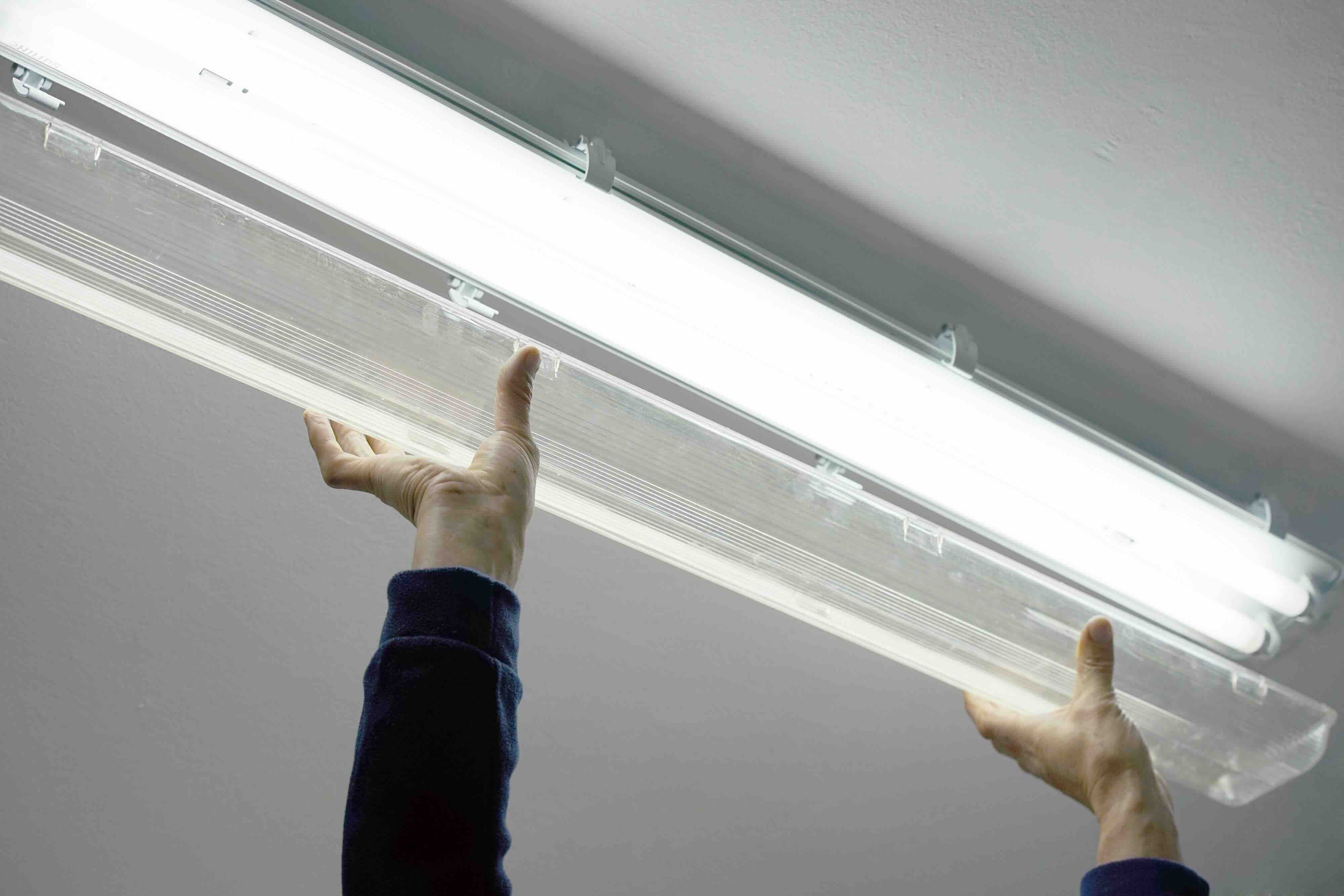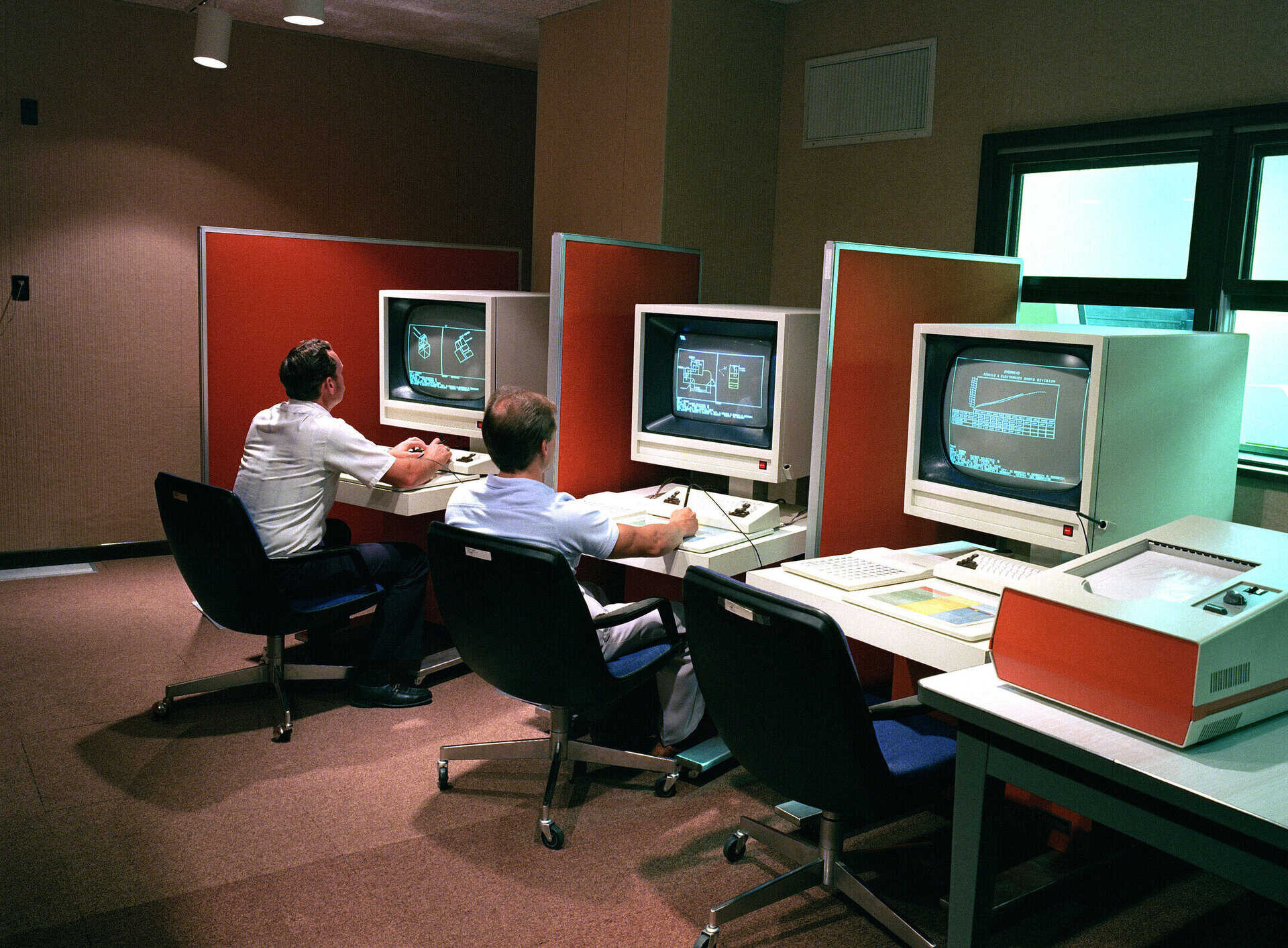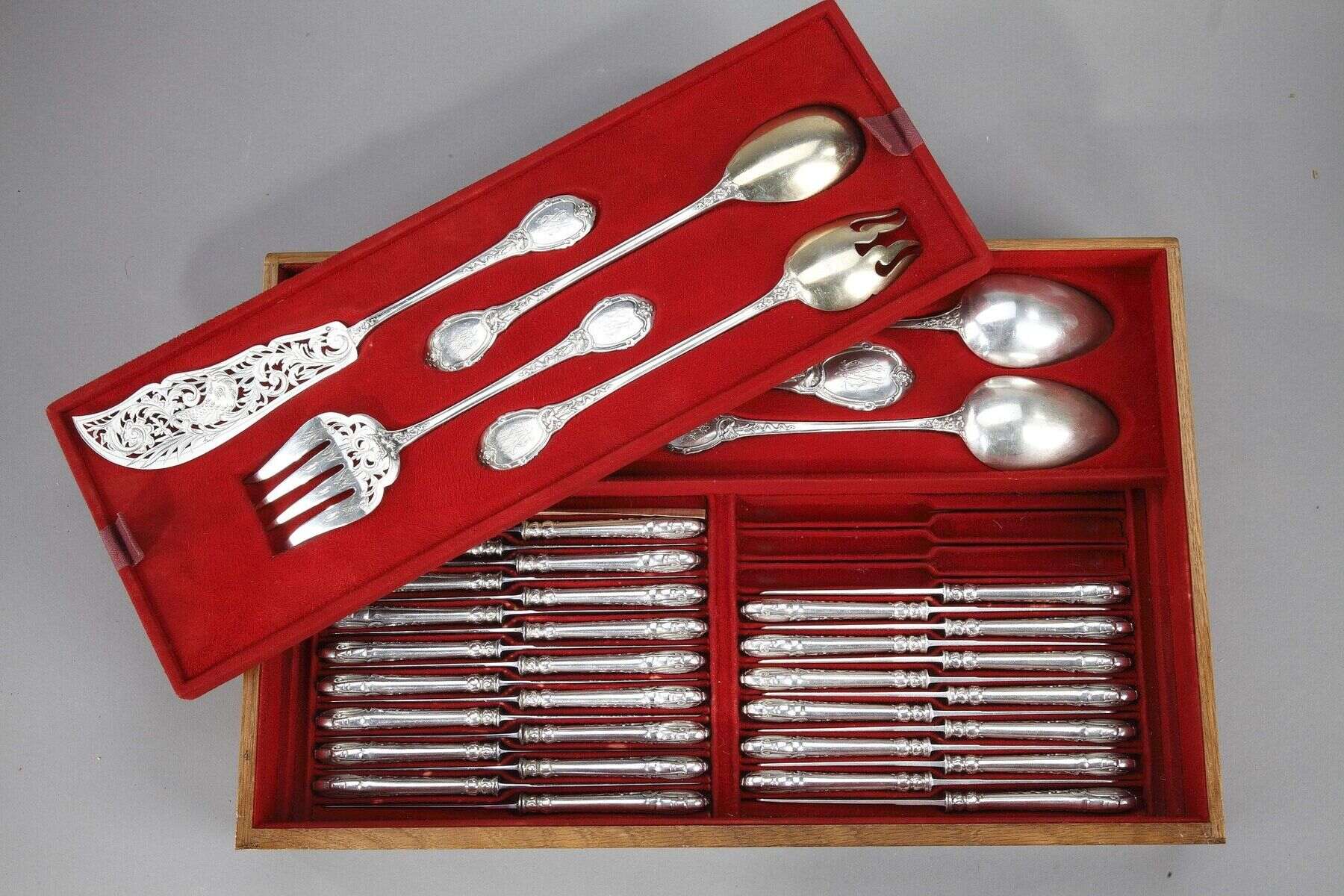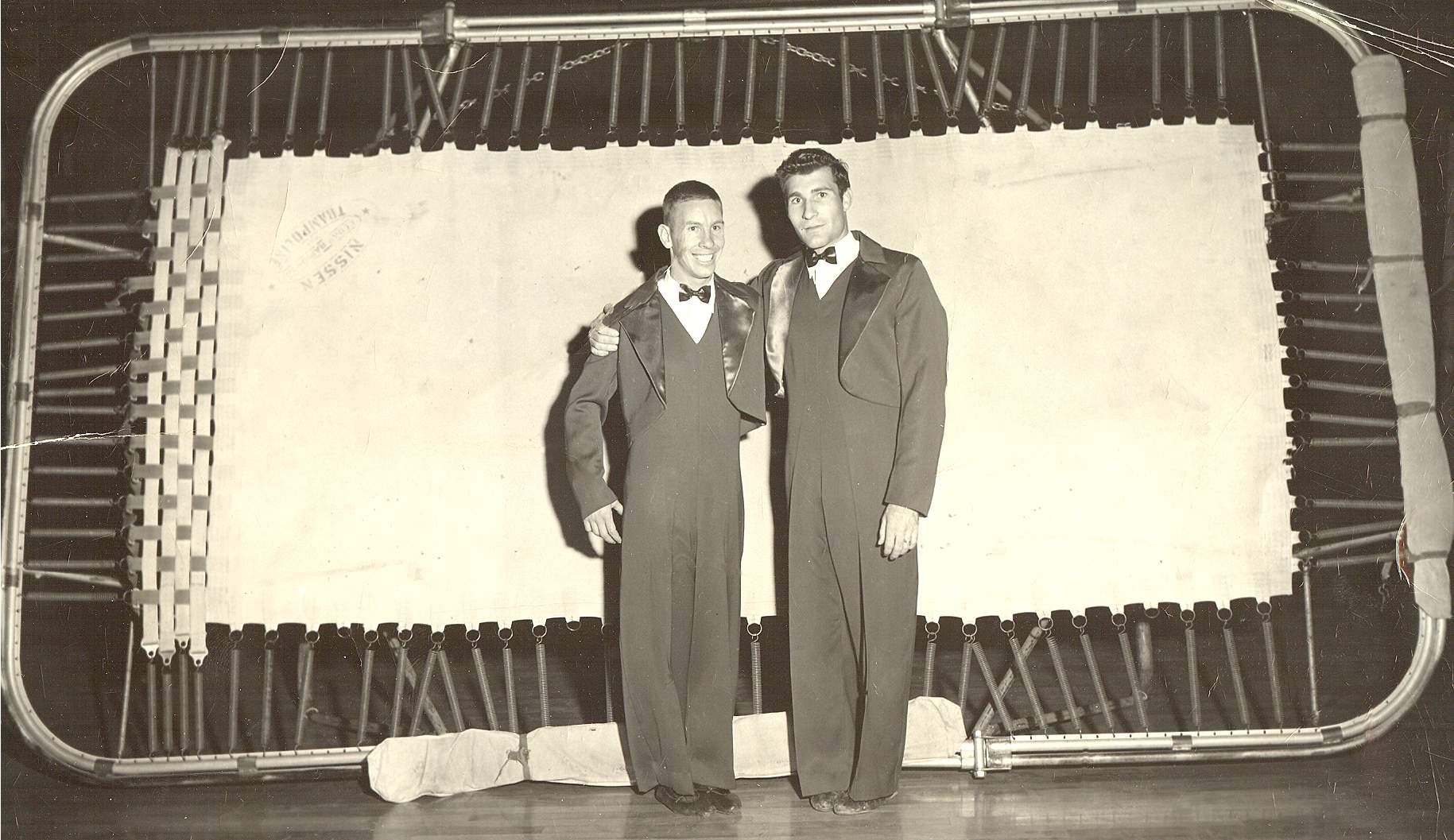

Furniture
Who Invented The Fluorescent Lamp
Modified: January 9, 2024
Discover the innovator behind the fluorescent lamp and how it revolutionized the way we illuminate our spaces. Learn about the history and impact of this essential furniture component.
(Many of the links in this article redirect to a specific reviewed product. Your purchase of these products through affiliate links helps to generate commission for Storables.com, at no extra cost. Learn more)
Introduction
When it comes to efficient and long-lasting lighting, the fluorescent lamp stands out as a staple in modern lighting technology. With its ability to produce bright, flicker-free light, it has become a popular choice for homes, offices, and public spaces. But have you ever wondered who invented the fluorescent lamp?
Early attempts at electric lighting date back to the 19th century when inventors were in a race to develop a practical and efficient light source. While incandescent lamps were initially successful, they were not very energy-efficient and had a relatively short lifespan. Inventors sought to find a better solution, one that would provide brighter and more sustainable lighting.
The invention of the fluorescent lamp revolutionized the lighting industry, offering a more energy-efficient and longer-lasting alternative to traditional incandescent bulbs. It all began in the early 20th century when several inventors made significant contributions to the development of this groundbreaking technology.
In this article, we will explore the history and key figures behind the invention of the fluorescent lamp, shedding light on the momentous advancements that led to its commercial success.
Key Takeaways:
- The invention of the fluorescent lamp revolutionized lighting, offering energy-efficient and long-lasting illumination. It stemmed from early electric lighting attempts and the contributions of inventors like Thomas Edison, Sir William Crookes, and Peter Cooper Hewitt.
- The incorporation of mercury vapor by Edmund Germer marked a pivotal moment in the evolution of the fluorescent lamp, enhancing its efficiency and brightness. This innovation, along with subsequent patents and commercial development, propelled fluorescent lamps to widespread popularity and continued relevance in the lighting industry.
Read more: Who Invented The Electric Lamp
Early Attempts at Electric Lighting
The quest for a better lighting solution began in the late 18th century with the invention of the electric arc lamp by Sir Humphry Davy. This early electric lamp used two carbon electrodes to create an arc of light between them. While it was an important milestone in the development of electric lighting, the arc lamp had significant limitations. It was expensive, required high voltages, and had a short lifespan.
Throughout the 19th century, inventors continued to experiment with different types of electric lamps. Thomas Edison’s invention of the incandescent lamp in 1879 brought significant improvements to electric lighting. The incandescent lamp relied on a tungsten filament that emitted light when heated by an electric current. While it provided a brighter and longer-lasting light source compared to previous options, it still had limitations in terms of energy efficiency.
In the late 19th century, Nikola Tesla made important contributions to electric lighting with the invention of the alternating current (AC) system. This system allowed electricity to be distributed over long distances more efficiently, paving the way for the widespread adoption of electric lighting.
However, inventors were still searching for a lighting solution that would be even more energy-efficient and long-lasting than the incandescent lamp. Their efforts led to the development of the fluorescent lamp, which would revolutionize the world of lighting.
The Invention of the Fluorescent Lamp
The invention of the fluorescent lamp can be attributed to two key figures: Thomas Edison and Sir William Crookes. In the late 19th century, both Edison and Crookes independently observed a phenomenon known as fluorescence.
Fluorescence is the emission of light by a substance that has absorbed light or other electromagnetic radiation. Edison and Crookes noticed that certain materials would emit a glow or fluorescence when exposed to electric currents or ultraviolet (UV) light.
Building on this observation, Thomas Edison filed a patent in 1896 for a device called the “Fluoroscope.” This device used X-rays to create fluorescence in a screen coated with calcium tungstate, allowing physicians to visualize the internal structures of the human body.
Meanwhile, Sir William Crookes experimented with various materials and gases to create fluorescence. In 1901, he introduced a design for a lamp using a vacuum tube filled with nitrogen or mercury vapor. The tube was coated with a phosphor material that would fluoresce when excited by the electric current.
Although Edison and Crookes made significant progress in understanding and harnessing fluorescence, it was not until the early 20th century that the fluorescent lamp as we know it today began to take shape.
In 1927, a Hungarian physicist named George Inman made a remarkable breakthrough. He discovered that adding small amounts of mercury vapor to the lamp greatly enhanced its efficiency and brightness. This discovery laid the foundation for future advancements in fluorescent lamp technology.
Inman’s work caught the attention of another inventor, Edmund Germer, who saw the potential for commercializing the fluorescent lamp. Germer, along with his colleagues Friedrich Meyer and Hans Spanner, further refined the design and obtained a patent for a practical fluorescent lamp in 1929.
With the incorporation of mercury vapor and the development of a more efficient phosphor coating, the modern fluorescent lamp was born. It offered a more energy-efficient, brighter, and longer-lasting lighting solution compared to incandescent lamps.
The invention of the fluorescent lamp marked a significant milestone in the field of lighting, setting the stage for further advancements and innovations in the years to come.
The Contribution of Peter Cooper Hewitt
While the invention of the fluorescent lamp was a collective effort, one individual who played a crucial role in its development was Peter Cooper Hewitt. Born in 1861, Hewitt was an American electrical engineer and inventor who made several important contributions to the field of lighting.
In 1891, Hewitt patented the mercury-vapor lamp, which laid the foundation for the future advancements in fluorescent lamp technology. This lamp utilized an electric current to excite mercury vapor inside a glass tube, resulting in a blue-green glow.
Hewitt’s mercury-vapor lamp was not initially intended for lighting purposes but was primarily used in industrial applications, such as street lighting and manufacturing processes. It provided a brighter and more efficient light source compared to existing options at the time.
Although Hewitt’s mercury-vapor lamp was a significant achievement, it was not initially embraced for general illumination due to the blue-green light it produced. However, his invention paved the way for further research and improvements in fluorescent lamp technology.
In addition to his work on the mercury-vapor lamp, Hewitt also contributed to the development of electrodeless lamps. In 1901, he obtained a patent for an electrodeless lamp that utilized electromagnetic induction to create a plasma within a glass envelope, resulting in light emission. This innovative design eliminated the need for electrodes and was another step forward in the evolution of efficient lighting.
While Hewitt’s contributions to the fluorescent lamp may not be as widely recognized as those of other inventors, his work was instrumental in advancing the technology and laying the groundwork for the fluorescent lamps we use today.
Peter Cooper Hewitt’s innovative ideas and inventions continue to shape the field of lighting and inspire future generations of inventors. His dedication to creating more efficient and sustainable lighting solutions has had a lasting impact on the way we illuminate our world.
The fluorescent lamp was invented by American engineer and inventor, Thomas Edison, in 1859. He patented the first fluorescent lamp in 1907, but it was not until the 1930s that the modern fluorescent lamp was developed by George Inman and his team at General Electric.
The Incorporation of Mercury Vapor by Edmund Germer
While various inventors had made important contributions to the development of the fluorescent lamp, it was Edmund Germer who took a significant step forward by incorporating mercury vapor into the design. Born in 1901, Germer was an engineer and physicist who played a pivotal role in the commercialization of the fluorescent lamp.
Germer’s interest in lighting technology led him to conduct extensive research on improving the efficiency and performance of electric lamps. In collaboration with Friedrich Meyer and Hans Spanner, Germer made a breakthrough discovery in 1927: by adding small amounts of mercury vapor to the lamp, they were able to enhance the lamp’s efficiency and brightness.
The addition of mercury vapor addressed some of the limitations of earlier fluorescent lamp designs. Mercury vapor enabled the lamp to emit a broader spectrum of light, resulting in a more pleasing and natural color rendition. This was a significant improvement compared to the blue-green light produced by early mercury-vapor lamps.
Germer and his colleagues obtained a patent in 1929 for their improved fluorescent lamp design. This marked a turning point in the commercial development of fluorescent lighting, as their design formed the basis for future fluorescent lamp advancements and mass production.
With the incorporation of mercury vapor, fluorescent lamps became more energy-efficient and long-lasting compared to traditional incandescent lamps. They not only offered bright and flicker-free lighting but also consumed less electricity, making them a popular choice for various applications, from residential lighting to large-scale commercial installations.
Germer’s contributions to the incorporation of mercury vapor in fluorescent lamps were instrumental in transforming the technology from a scientific curiosity into a practical and commercially viable lighting solution. His work paved the way for the widespread adoption of fluorescent lighting, revolutionizing the way we illuminate our indoor spaces.
Today, Germer’s legacy continues to shine brightly as fluorescent lamps remain a staple in the lighting industry. His innovative thinking and dedication to improving lighting technology have left a lasting impact, contributing to our pursuit of more energy-efficient and sustainable lighting solutions.
Read more: Who Invented The Fluorescent Light Bulb
The Patents and Commercial Development of Fluorescent Lamps
With the incorporation of mercury vapor and the advancements made by inventors such as Edmund Germer, the fluorescent lamp was primed for commercial success. In the early 1930s, several key patents were granted, marking a significant milestone in the commercial development of fluorescent lamps.
One of the pivotal figures in the patent landscape was Arthur L. Voss, an engineer who worked for the General Electric Company. In 1938, Voss was granted a patent for a fluorescent lighting system that included a ballast to regulate the flow of current and improve the lamp’s efficiency. The ballast played a crucial role in stabilizing the electrical current and ensuring the proper operation of the lamp.
The advancements in fluorescent lamp technology led to the establishment of various companies that specialized in manufacturing and commercializing these lighting systems. General Electric, for example, launched the first commercial fluorescent lamp in 1938, kickstarting their production and distribution on a larger scale.
Companies such as Westinghouse, Sylvania, and Philips also played significant roles in the commercial development of fluorescent lamps. They invested in research and development, patented their own designs, and introduced innovative features that further improved the performance, efficiency, and lifespan of the lamps. These companies helped pave the way for the widespread adoption of fluorescent lighting.
The commercial success of the fluorescent lamp was fueled by its numerous advantages over traditional incandescent lighting. The fluorescent lamp provided bright, even illumination, significantly reduced energy consumption, and had a much longer lifespan. Its popularity soared in various applications, ranging from residential lighting to commercial and industrial settings.
Over the years, continuous advancements and improvements in fluorescent lamp technology further expanded its capabilities and reach. T8 and T5 fluorescent lamps, for example, introduced in the 1980s and 1990s, respectively, offered enhanced efficiency and reduced size compared to their predecessors.
Today, although newer lighting technologies such as LED have gained popularity, fluorescent lamps still hold a significant market share. They continue to be the preferred choice in many applications, thanks to their reliability, affordability, and the extensive infrastructure already in place for their use.
The patents and commercial development of fluorescent lamps have paved the way for advancements in lighting technology and have had a profound impact on the way we illuminate our world. The fluorescent lamp’s energy efficiency and durability have not only improved lighting quality but have also contributed to the global efforts towards sustainability.
Conclusion
The invention and commercial development of the fluorescent lamp have revolutionized the field of lighting, providing a more energy-efficient, long-lasting, and sustainable alternative to traditional incandescent bulbs. The journey of the fluorescent lamp began with early attempts at electric lighting, followed by significant breakthroughs by inventors such as Thomas Edison, Sir William Crookes, and Peter Cooper Hewitt.
The incorporation of mercury vapor by Edmund Germer in the 1920s marked a turning point in the evolution of the fluorescent lamp. This addition enhanced the lamp’s efficiency, brightness, and color rendition, making it a viable option for various lighting applications. The patents obtained by inventors like Arthur L. Voss and the establishment of companies such as General Electric, Westinghouse, and Philips further propelled the commercial development of fluorescent lamps.
Fluorescent lamps offered numerous advantages over traditional incandescent lighting, including brighter and even illumination, reduced energy consumption, and longer lifespan. These lamps gained widespread popularity and became widely used in residential, commercial, and industrial settings around the world.
While newer lighting technologies such as LED have emerged in recent years, fluorescent lamps remain a significant player in the lighting industry due to their reliability, affordability, and the existing infrastructure in place for their use. The continuous advancements in fluorescent lamp technology, such as the introduction of T8 and T5 lamps, have further improved their efficiency and performance.
In conclusion, the invention and commercial development of the fluorescent lamp have had a profound impact on the way we light our indoor spaces. The contributions of early inventors and subsequent advancements in the technology have paved the way for more efficient and sustainable lighting solutions. While fluorescent lamps continue to evolve, their legacy as a pioneering lighting technology will always be recognized.
As we move towards a more energy-conscious and environmentally-friendly future, the fluorescent lamp remains a significant milestone in the history of lighting, reminding us of the ingenuity and innovation that has shaped the way we illuminate our world.
Frequently Asked Questions about Who Invented The Fluorescent Lamp
Was this page helpful?
At Storables.com, we guarantee accurate and reliable information. Our content, validated by Expert Board Contributors, is crafted following stringent Editorial Policies. We're committed to providing you with well-researched, expert-backed insights for all your informational needs.














